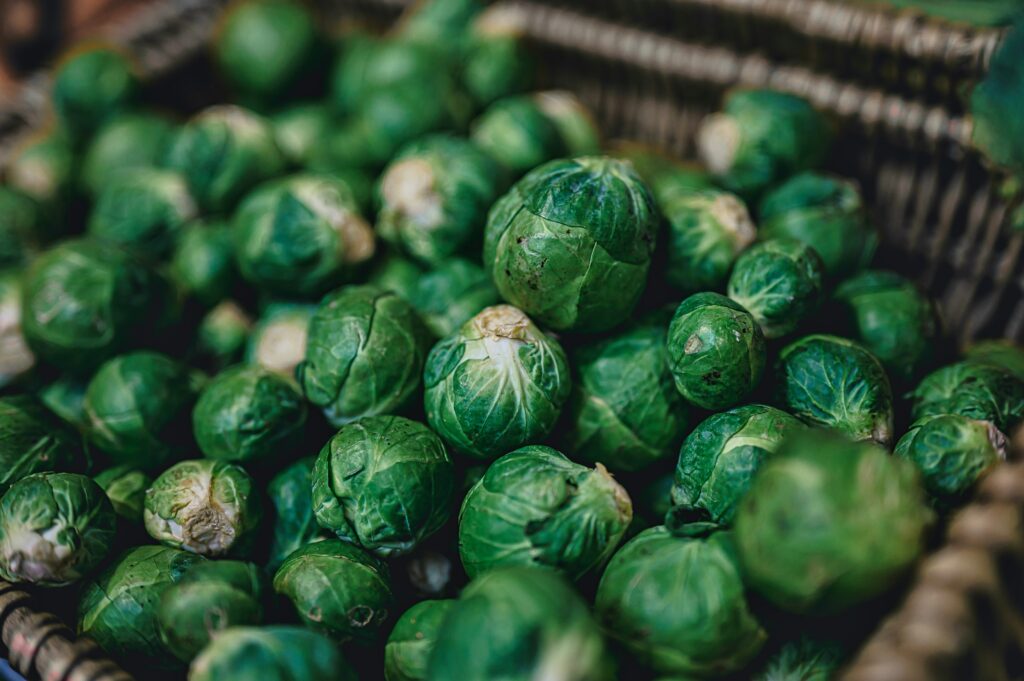From CO2Science: Introducing their study, Masuya et al. (2021) write that, “in agriculture, intraspecific variation might be used to improve crop productivity in the future elevated CO2 world,” adding that “selection of genotypes that can effectively translate elevated CO2 to biomass will be a powerful option to respond to the impacts of unstable climate and produce yield sufficient to meet the future demand for food.” And so it was that this team of four Japanese researchers set out to evaluate the response of seven African (Arapili, SG329, CG14, CG17, TOG5406, RAM 63, and RAM 131) and ten Asian (Takanari, IR64, IR72, Pehkuh, Xi Gu Zao, Zao Shou, WITA 4, Koshihikari, Moroberekan, and IAC 165) rice genotypes to a 200 ppm increase in atmospheric CO2.
Paper reviewed: Masuya, Y., Kumagai, E., Matsunami, M. and Shimono, H. 2021. Dry matter partitioning to leaves differentiates African and Asian rice genotypes exposed to elevated CO2. Journal of Agronomy and Crop Science 207: 120-027, doi: 10.1111/jac.12445.
The work was conducted at the Tohoku Agricultural Research Center in Morioka, Japan, in three separate years 2014, 2015 and 2016. The rice genotypes were grown in environment-controlled sunlit chambers under flooded conditions (< 8 cm of water above the soil surface) under ambient or elevated (+200 ppm) CO2 levels. Elevated CO2 concentrations were maintained between the hours 0330 and 1930 each day. Plants were harvested for aboveground biomass measurements 33, 36 and 38 days after transplanting in 2014, 2015 and 2016, respectively. And what did those measurements reveal?
As illustrated in Figure 1 below, elevated CO2 “increased biomass significantly in all three years (p < .05) by similar magnitudes between the African and Asian rice led to a general stimulation of aboveground biomass in all genotypes, irrespective of origin (African or Asian). More specifically, it increased this parameter by “8% to 9% in Asian rice and by 13% to 21% in African rice in 2014; by -4% to +44% in Asian rice and by 5% to 43% in African rice in 2015; and by -18% to +28% in Asian rice and by 2% to 28% in African rice in 2016.” Consequently, the mean enhancement over all genotypes across the three year study ranged from 7% (2016) to 24% (2015) for Asian rice and from 12% (2016) to 19% (2015) in African rice.
The results of this study are in line with numerous other studies showing that rice growth responds positively to atmospheric CO2 enrichment (see http://www.co2science.org/data/plant_growth/dry/o/oryzas.php and http://www.co2science.org/data/plant_growth/dry/o/oryzag.php in our plant growth database for hundreds of experimental observations). We also applaud the researchers who conducted this study for the rationale behind it. In order to meet the growing food demands of the world, scientists must learn which crop genotypes are most responsive to atmospheric CO2 enrichment and pass that information on to farmers who can then utilize and grow the best cultivars in their respective climates to maximize the yield-induced benefits of the ongoing CO2 rise in the atmosphere.

Figure 1. Genotypic and CO2 effects on the biomass of the African and Asian rice accessions over a 3 year study period. Column values are means ± SE (n = 8 in 2014 and 2015, n = 6 in 2016). Text values at the top of the graphs represent the mean values for all accessions in a given CO2 treatment. The right y-axis is the relative response ratio (eCO2 biomass/aCO2 biomass). The horizontal dashed line represents an eCO2/aCO2 ratio of 1.0. Significance for genotype (G) and CO2 levels, and for their interaction (G × CO2): ***p < .001; *p < .05; ns, not significant; n.d., not determined. Source: Masuya et al. (2021).


